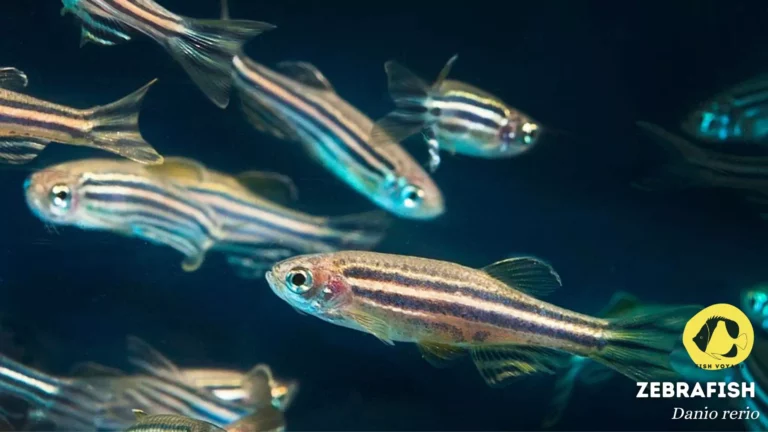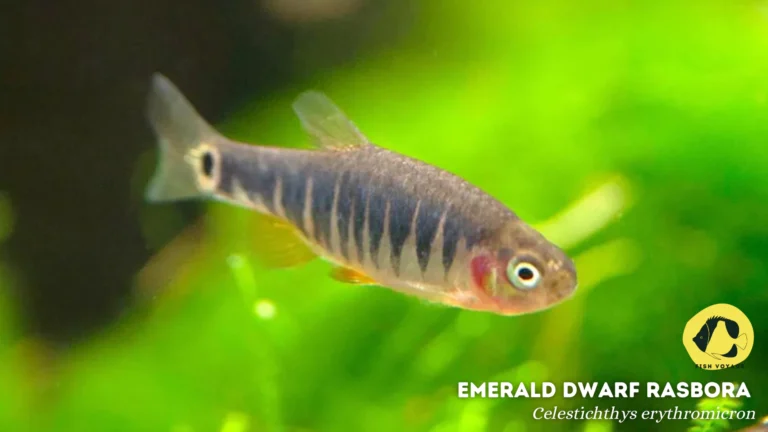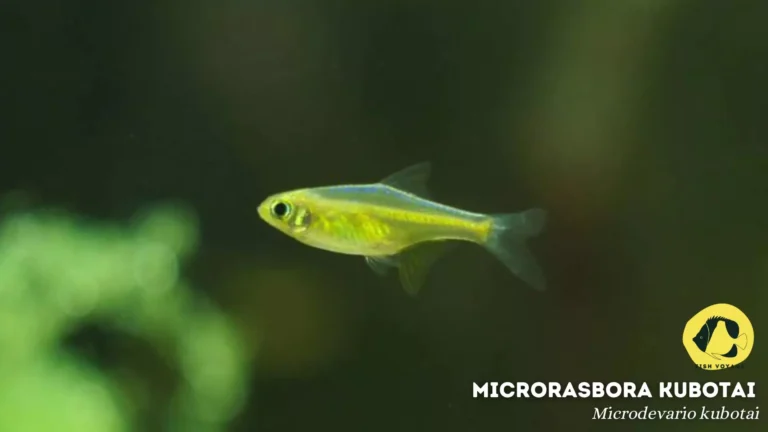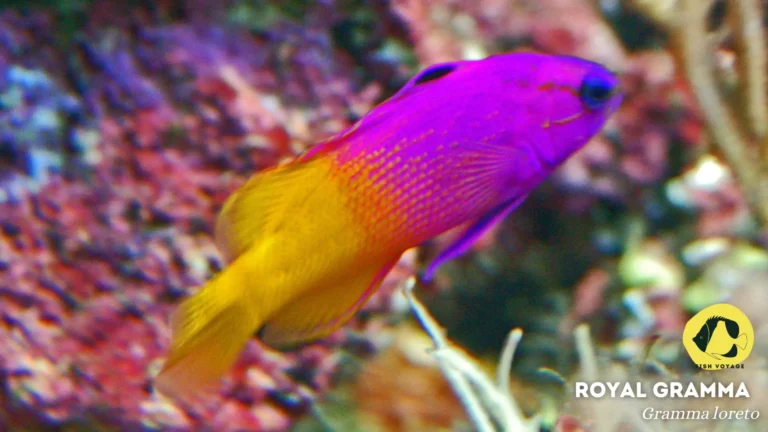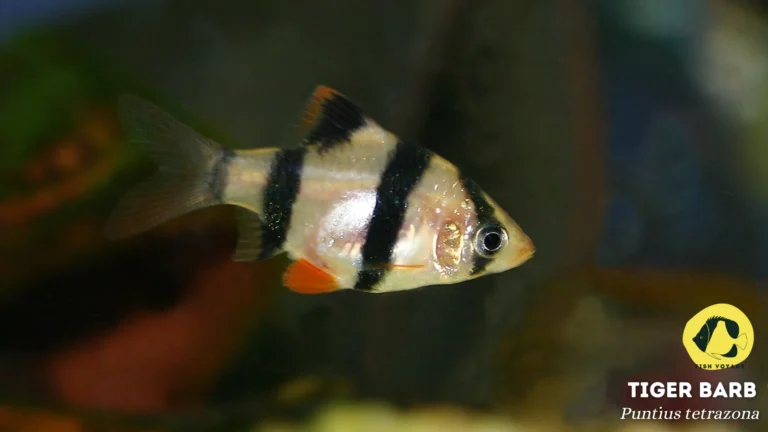Harlequin Rasboras: Everything You Need To Know
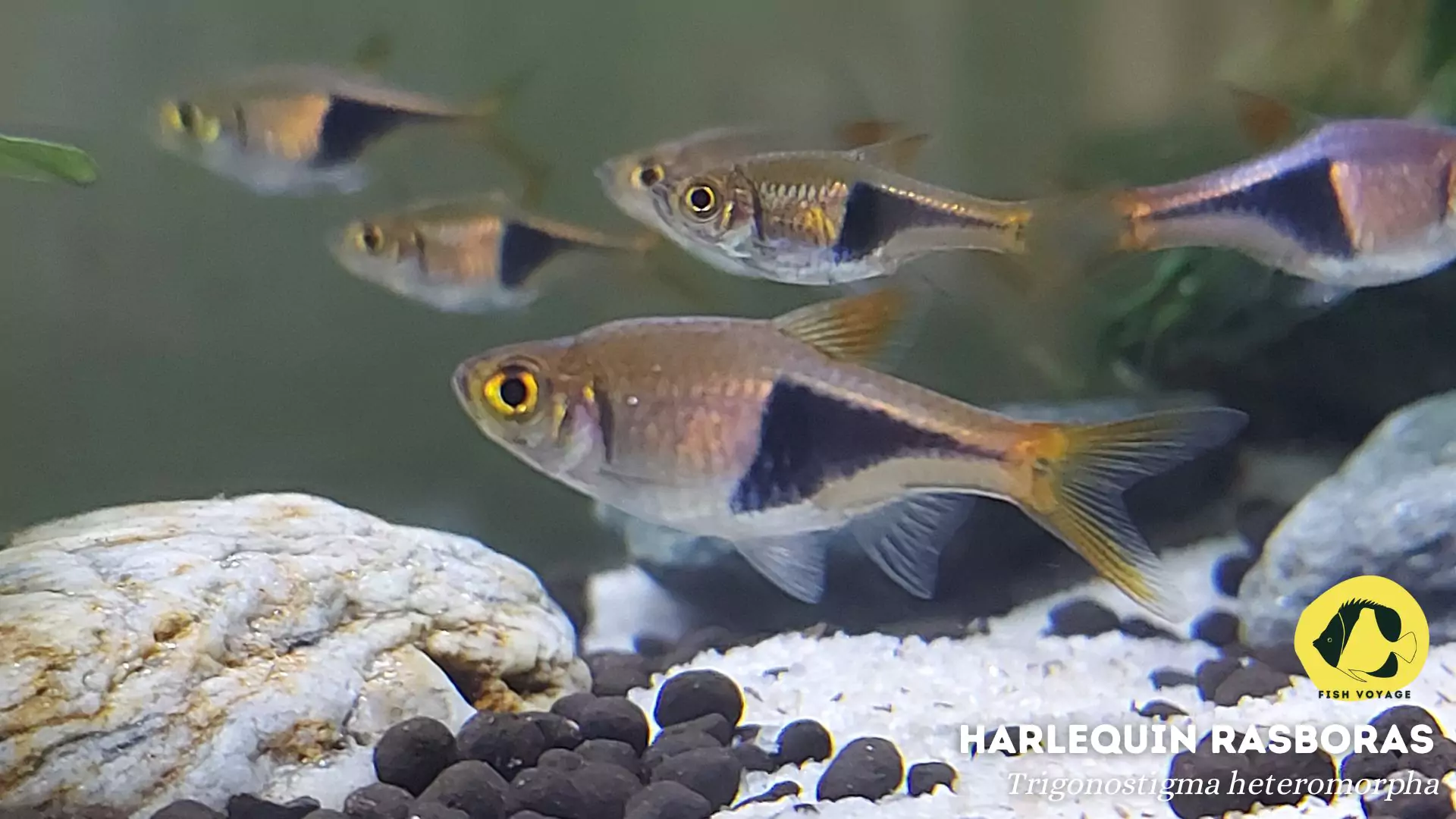
Welcome to our comprehensive guide on Harlequin Rasboras, also known as Trigonostigma heteromorpha in the scientific community. Harlequin Rasboras are stunning freshwater fish known for their vibrant colors and peaceful nature, making them a popular choice among aquarium enthusiasts. In this post, we’ll delve into everything you need to know about caring for these beautiful creatures, from understanding their natural habitat to setting up the perfect tank environment. Whether you’re a seasoned aquarist or a beginner looking to start your own aquarium journey, join us as we explore the fascinating world of Harlequin Rasboras.
What are Harlequin Rasboras?
Description of Harlequin Rasboras
- Harlequin Rasboras, scientifically known as Trigonostigma heteromorpha, are small freshwater fish native to Southeast Asia, particularly found in rivers and streams of Thailand, Malaysia, and Singapore.
- These fish are part of the Cyprinidae family and are known for their peaceful demeanor and stunning appearance, making them a popular choice for community aquariums.
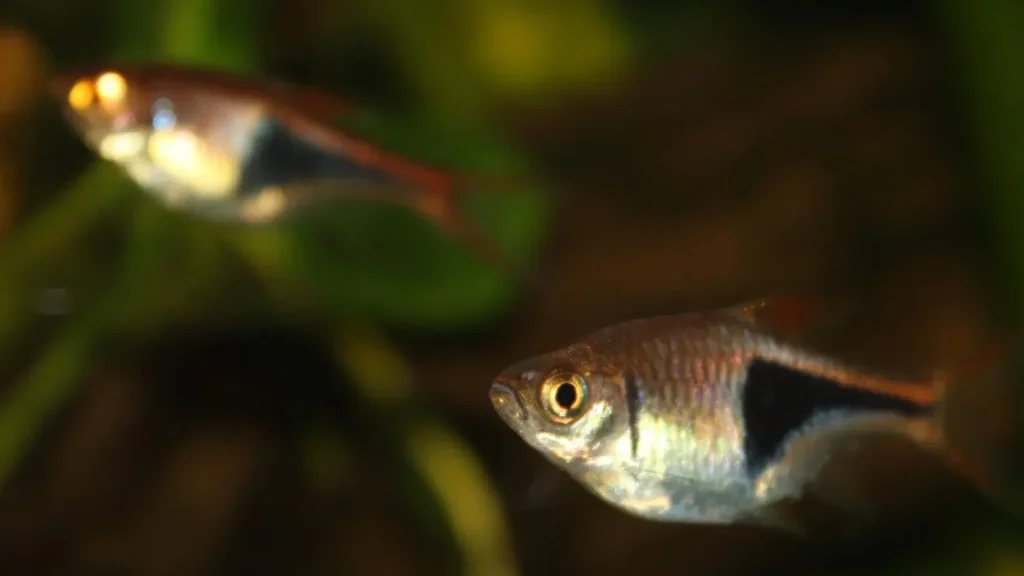
Origin and Natural Habitat
- Harlequin Rasboras are indigenous to densely vegetated, slow-moving streams and tributaries in their native habitat.
- Found primarily in the clear waters of forested areas, they thrive in environments with subdued lighting and plenty of hiding spots among plants and driftwood.
Physical Characteristics and Appearance
- Harlequin Rasboras feature a distinct and eye-catching coloration, characterized by a vibrant orange-red body with a striking black triangular patch stretching from the midsection to the tail fin.
- Their bodies are slender and elongated, typically reaching a maximum size of around 2 inches (5 centimeters) in captivity, making them well-suited for smaller aquarium setups.
- In addition to their prominent coloration, Harlequin Rasboras exhibit iridescent scales that shimmer under appropriate lighting conditions, adding to their allure in an aquarium setting.
Setting Up the Perfect Tank for Harlequin Rasboras
Ideal Tank Size and Setup
- For a thriving community of Harlequin Rasboras, it’s recommended to provide a tank with a minimum size of 10 gallons (approximately 38 liters).
- Opt for a tank setup that mimics the natural habitat of these fish, incorporating plenty of live plants, driftwood, and hiding spots to create a lush and inviting environment.
- Ensure proper filtration and regular water changes to maintain optimal water quality, as Harlequin Rasboras are sensitive to fluctuations in water parameters.

Water Parameters and Temperature Requirements
- Harlequin Rasboras thrive in slightly acidic to neutral water conditions, with a pH range of 6.0 to 7.8.
- Maintain a water temperature between 72°F to 78°F (22°C to 26°C), as these temperatures closely resemble their native habitat and promote overall health and vitality.
- Use a reliable aquarium thermometer to monitor water temperature and consider investing in a quality heater to regulate temperatures consistently.
Compatible Tank Mates and Aquarium Decorations
- Harlequin Rasboras are peaceful schooling fish that coexist well with a variety of tank mates, including other small, non-aggressive species like tetras, danios, and small catfish.
- Avoid housing them with larger or more aggressive species that may intimidate or outcompete them for resources.
- When decorating the aquarium, opt for soft, subdued lighting and incorporate dense vegetation, such as Java ferns, Anubias, and mosses, to provide ample hiding places and create a sense of security for the Rasboras.
Feeding and Care
Dietary Needs and Feeding Habits
- Harlequin Rasboras are omnivorous fish with a diverse diet that includes both plant matter and small invertebrates.
- Offer a varied diet consisting of high-quality flake or pellet food supplemented with live or frozen foods such as bloodworms, brine shrimp, and daphnia to ensure nutritional balance and promote optimal health.
- Feed small amounts multiple times a day to prevent overfeeding and maintain water quality, as uneaten food can quickly degrade and pollute the aquarium.
Tips for Maintaining Water Quality
- Regular water changes are essential for maintaining optimal water quality and preventing the buildup of harmful pollutants.
- Aim to perform weekly water changes of 20-30% of the tank volume to remove accumulated waste and replenish essential nutrients.
- Use a reliable water test kit to monitor ammonia, nitrite, and nitrate levels regularly and take corrective actions as needed to keep water parameters within acceptable ranges.
Common Health Issues and How to Prevent Them
- Harlequin Rasboras are generally hardy fish, but they can be susceptible to common aquarium ailments such as ich, fin rot, and bacterial infections.
- To prevent health issues, maintain stable water conditions, provide a balanced diet, and avoid overcrowding the aquarium.
- Quarantine new fish before introducing them to the main tank to prevent the spread of diseases, and promptly address any signs of illness by isolating affected individuals and treating them with appropriate medications.
Breeding Harlequin Rasboras
Overview of Breeding Behaviors
- Harlequin Rasboras exhibit typical egg-scattering breeding behavior, where males and females engage in courtship displays before spawning.
- During courtship, males will chase females and display vibrant colors to attract a mate, often accompanied by elaborate fin displays and darting movements.
- Once a pair forms, the female will release eggs, which are fertilized by the male as they scatter among plants and substrate in the aquarium.
Breeding Setup and Conditions
- To encourage breeding behavior, provide a well-established aquarium with dense vegetation, such as java moss or spawning mops, where the Rasboras can deposit their eggs.
- Maintain optimal water conditions with slightly acidic to neutral pH levels (6.5-7.0) and water temperatures between 75-80°F (24-27°C), as these conditions mimic their natural habitat and stimulate breeding activity.
- Consider adding a spawning mop or mesh breeding trap to the breeding tank to protect the eggs from being consumed by adult fish and to facilitate the collection of fry once they hatch.
Caring for Fry and Raising Juveniles
- Once the eggs are laid, remove the adult fish from the breeding tank to prevent them from consuming the eggs or fry.
- Fry typically hatch within 24-48 hours and will initially feed on their yolk sacs before transitioning to newly hatched brine shrimp or commercially available fry food.
- Maintain pristine water quality and perform regular water changes to ensure optimal conditions for the developing fry, as they are more susceptible to waterborne diseases and fluctuations in water parameters.
- As the fry grow, provide ample hiding places and gentle water flow to encourage their development and minimize stress.
Conclusion
In conclusion, Harlequin Rasboras, with their vibrant colors, peaceful temperament, and relatively easy care requirements, make an excellent addition to any freshwater aquarium. From understanding their natural habitat to creating the perfect tank setup, we’ve covered everything you need to know to start or enhance your own Harlequin Rasboras tank. We encourage you to explore the rewarding experience of caring for these captivating fish and invite you to reach out with any further questions or share your own experiences in the fascinating world of aquarium keeping.
Additional Resources
Reputable Forums
- Fishlore: A vibrant online community dedicated to all aspects of aquarium keeping, including discussions on Harlequin Rasboras and other freshwater fish species.
- AquariumAdvice: Another valuable resource offering expert advice, troubleshooting tips, and discussions on Harlequin Rasboras, aquarium setups, and more.
Recommended Products
- API Freshwater Master Test Kit: A comprehensive water test kit to monitor ammonia, nitrite, nitrate, pH, and other essential parameters for maintaining optimal water quality.
- Fluval Spec V Aquarium Kit: A sleek and modern aquarium kit perfect for housing a small community of Harlequin Rasboras, complete with built-in filtration and LED lighting.
Frequently Asked Questions (FAQs)
1. What size tank do Harlequin Rasboras need?
Harlequin Rasboras thrive in aquariums of at least 10 gallons in size. Larger tanks provide more space for these active fish to swim and explore, promoting their overall health and well-being.
2. What water parameters do Harlequin Rasboras prefer?
Harlequin Rasboras prefer slightly acidic to neutral water conditions with a pH range of 6.0 to 7.8. Additionally, they thrive in water temperatures between 72°F to 78°F (22°C to 26°C) and require good water quality with low levels of ammonia, nitrite, and nitrate.
3. Are Harlequin Rasboras suitable for community tanks?
Yes, Harlequin Rasboras are peaceful fish that make excellent additions to community aquariums. They coexist well with other non-aggressive species such as tetras, danios, and small catfish. However, avoid housing them with larger or more aggressive fish that may intimidate or harass them.
4. How often should I feed my Harlequin Rasboras?
Harlequin Rasboras should be fed small amounts multiple times a day. Offer a varied diet consisting of high-quality flake or pellet food supplemented with live or frozen foods such as bloodworms, brine shrimp, and daphnia to ensure proper nutrition and prevent overfeeding.
5. Can Harlequin Rasboras breed in home aquariums?
Yes, Harlequin Rasboras can breed in home aquariums under the right conditions. To encourage breeding behavior, provide a well-established tank with dense vegetation and optimal water parameters. Once the eggs are laid, remove the adult fish to protect the eggs and fry, and provide appropriate care for the developing juveniles.

